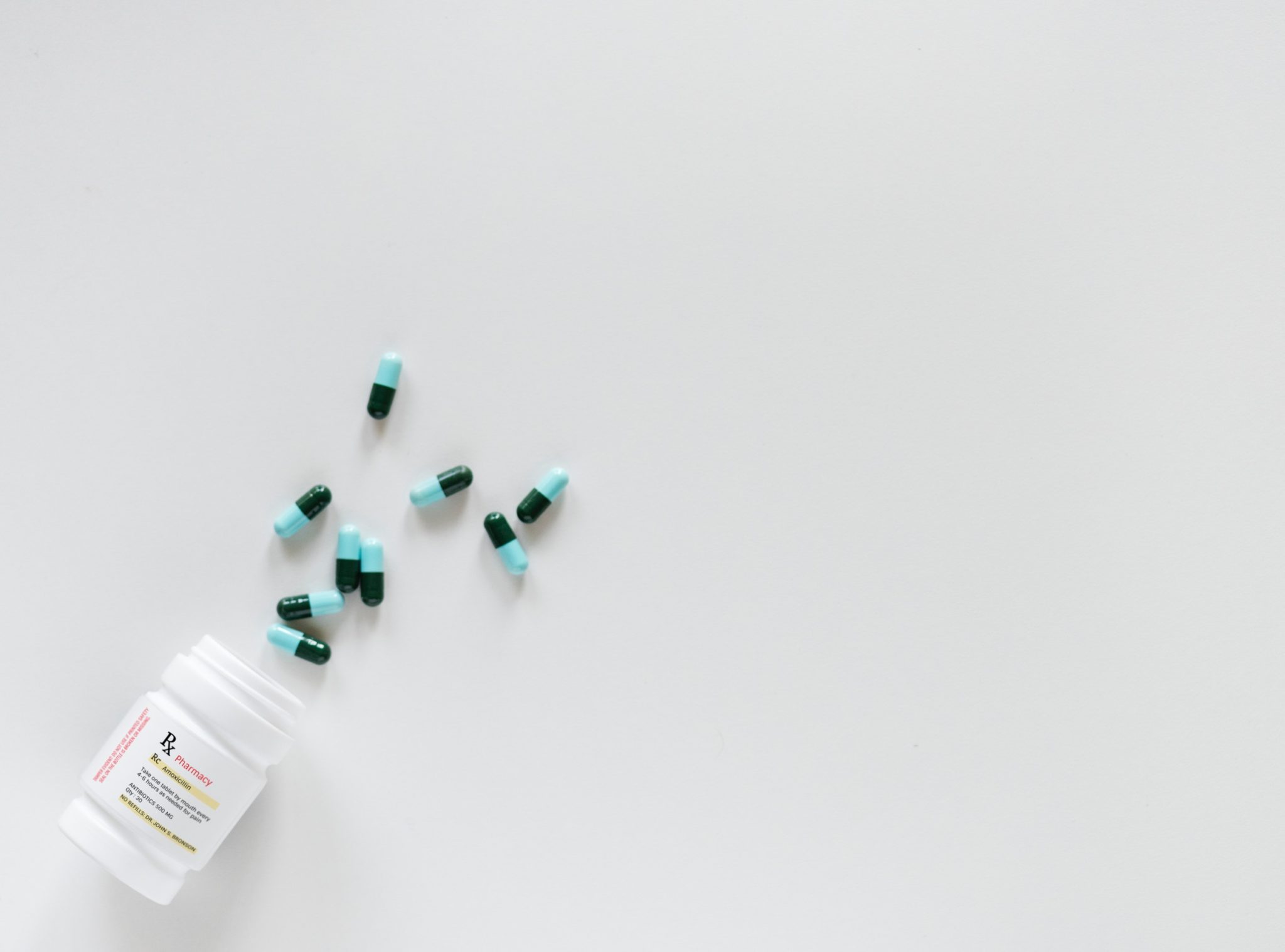
Currently, there is a drug shortage affecting the industry.
What is the “Drug Shortage”?
The Food and Drug Administration (FDA) defines a shortage as “a period of time when the demand or projected demand for a medically necessary drug in the United States exceeds its supply.” The American Society of Health-System Pharmacists (ASHP) defines a drug shortage as “a supply issue that affects how the pharmacy prepares or dispenses a drug product or influences patient care when prescribers must use an alternative agent.” [1] [2] The ongoing drug shortage issue in the United States is an urgent public health crisis.
Why is it Happening?
According to ASHP, in 2018 alone, there were a total of 306 active national drug shortages, and 186 new shortages. While ASHP tracks and report reasons for shortages–manufacturing (30%), discontinuation (10%), supply/demand (8%), natural disaster (3%), raw material (1%), over half of the reasons for shortages remains unknown (51%). ASHP offers pages of various graphical representations of the shortage crisis. You can view this here: https://www.ashp.org/Drug-Shortages/Shortage-Resources/Drug-Shortages-Statistics Additionally, the FDA does not have the authority to tell a company to produce more of a particular drug, how much of a drug should be distributed, or where a drug should be distributed. [1]
Which Drugs are Hurting the Most?
Specific drugs that are susceptible to shortages include cancer medications, injectable drugs, generic drugs, painkillers, anesthetics, antibiotics, and electrolytes, among many others [4]. Shortages of small-volume parenteral solution (SVP) products, including saline, significantly affect the healthcare system and are an immediate concern [5]. You can keep up to date with current shortages here: https://www.ashp.org/Drug-Shortages/Current-Shortages/Drug-Shortages-List
Who does this impact?
Drug shortages have had and still pose profound and widespread clinical implications in the U.S., causing serious hindrances including higher hospital expenses, increased labor costs, safety risks, compromised clinical outcomes, and medication errors, among other issues. [6]
How is the U.S. fighting back?
Here at pharmate, it is our top priority to work on providing product the public can trust and depend on. The FDA minimizes impacts of imminent shortages by keeping early and open dialogue with manufacturers. [1] Similarly, the FDA can prevent the onset of a shortage by working with other manufacturers to increase production, expedite the review of an abbreviated new drug application (ANDA) from another company, helping to work around the production issue, or starting the process of controlled importation of a drug. [5] And in 2012, the Food and Drug Administration Safety and Innovation Act (FDASIA) was passed and required pharmaceutical companies to notify the FDA of potential supply interruptions [2]. These increases in communication have contributed to progress in alleviating shortages in recent years! But there is still much work to be done.
Sources
[1] https://www.fda.gov/Drugs/NewsEvents/ucm432474.htm
[2] https://www.mayoclinicproceedings.org/article/S0025-6196(13)01043-4/pdf
[3]https://www.ncbi.nlm.nih.gov/pmc/articles/PMC3278171/#b1-ptj3611740
[4]https://www.ama-assn.org/sites/ama-assn.org/files/corp/media-browser/premium/csaph/drug-shortages-update.pdf
[5]https://www.ncbi.nlm.nih.gov/pmc/articles/PMC3278171/#b1-ptj3611740